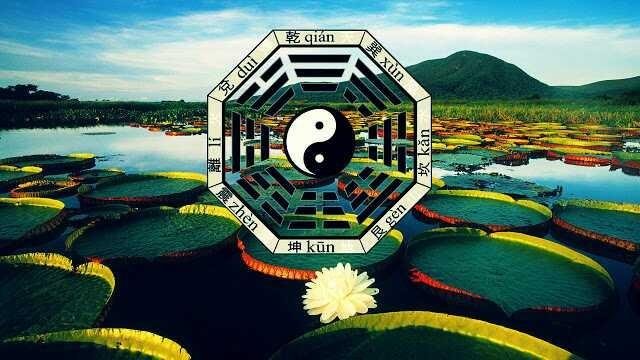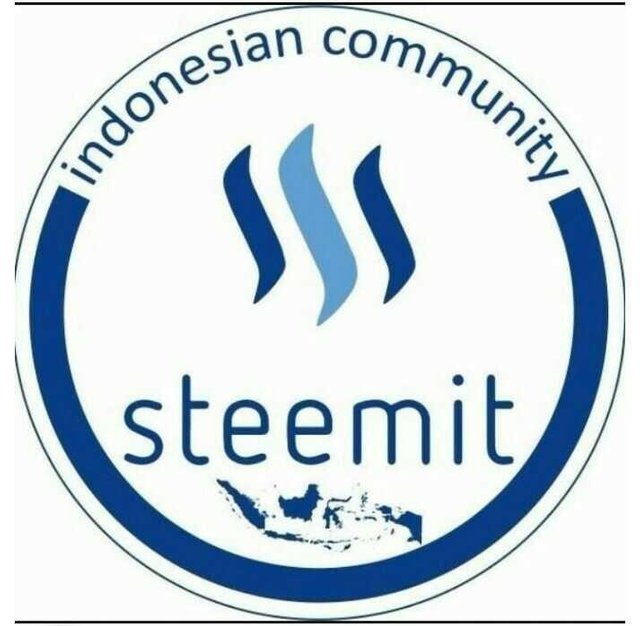The Basic Symbol of Feng Shui - Pa Kua, Prosperity And Luck
Pa Kua is used as a basic symbol of Feng Shui that has been known for eastern civilization since thousands of years ago. In today's technological era, many people are beginning to re-learn how to get energy around home and office areas with a positive purpose. Feng Shui is considered to be highly related to creating balance, in addition to neutralize negative energy also serves to activate the flow of positive energy.
A most important tool used in Feng Shui practice is called Pa Kua. This form of symbol is almost similar to the octagonal star (Rub El Hizb) which has eight points of the wind. The symbol of Pa Kua is used in determining luck for a home or office space. The origin of this symbol is from I Ching, which is divided into eight parts. In addition to the direction, each section shows the Trigram I Ching, or the significance of the ruling element and the life aspirations.

The basic symbol of Feng Shui, Pa Kua
Pa Kua or in Chinese is called Bagua, which means 'eight symbols (eight Trigrams)' are used in Taoist cosmology to represent the basic principles of reality. This symbol is seen as eight concepts that are related to each other. Each symbol consists of three lines, each uninterrupted good line representing each of Yin or Yang. The structure of Triparti is also called Trigram.
Trigram is related to Taiji, Taijiquan and Wu Xing philosophies, or 'Five Elements'. The relationship between Trigrams is represented in two settings, the 'Primordial' which is the Beginning of Heaven, 'Fu Xi' bagua which embodies the Next Heaven, and 'King Wen' bagua. The trigram has correspondence in astronomy, astrology, geography, geomancy, anatomy, family, and elsewhere. In ancient classical Chinese history, I Ching (Yi Jing), Trigram consists of 64 paired permutations called Heksagram.
In another story tells the King Wen of the Zhou Dynasty mentions; "When the world is formed, there is heaven and earth, Heaven is mated with earth and gives birth to everything in the world Heaven is Qian-cave, and Earth is Kun-cave Six caves are their sons and daughters.
Trigram as a basic symbol of Feng Shui is associated with the five elements of Wu Xing used by Feng Shui practitioners and in Traditional Chinese Medicine. The five elements are Water, Wood, Fire, Earth and Metal. The first trigram includes Water (Kan) and Fire (Li), the second Trigram is an element of Earth (Kun) and Mountain (Gen). The third trigram includes elements of Wood belonging to the Wind Trigram (Xun) which is a gentle but inevitable force, and Thunder (Zhen). And the Metal element is in accordance with the trigrams of Heaven (Qian) and the Lake (Dui).
The Use of Feng Shui Basic Symbol - Pa Kua
According to historical records, part of the basic symbol Feng Shui Pa Kua according to career, education, relationships and health, wealth and prosperity, fame and recognition, marriage, children, mentors and friends. By increasing a certain point or workspace, a person can create a positive effect on his or her life. In accordance with the shape and function associated with the direction of the wind, at least to use the symbol Pa Kua requires a compass to measure accuracy. Each sector is identified using symbols to attract positive energy to the area. The following meanings and symbols of Pa Kua are used in basic Feng Shui:
North direction, related to career
Element used: Water
Symbols used: Fish, seascapes or objects that represent water. The symbol of personal success can also be placed at this point.
Color: Dark color; including black and dark blue.
Northeast direction, related to Education
Element used: Slightly related to Earth, Wind
Symbols used: Personal education symbols include certificates, placards, awards. Statues of teachers or classical educators, paintings or drawings of mountains, landscapes, and more.
Color: Black, blue and green
East direction, relating to family and health
Element used: Wood
Symbols used: Healthy plants and fresh flowers, furniture and decorations made of wood. Symbols of health and momentos or athletic awards.
Color: Blue and green
Southeast direction, relating to wealth and prosperity
Elements used: Slightly related to Wood, Mountain
Symbol used: The symbol of wealth such as coins, gold or silver objects, and others. A small aquarium with goldfish, healthy plants and fresh flowers, especially with regard to color.
Color: Red, purple and blue.
Southern Direction, related to Performance
Element used: Fire
Symbols used: Fur, skin. It is also a symbol of fame related to trophies, awards, and more, bright lights or scented candles.
Color: Red and all related colors are red
The south-west direction, with regard to marriage
Element used: Earth
Symbols used: Roses, decorative items of flower vases, candles, lamps, crystals, symbols of love including hearts, pigeons, paintings of lovers or spouses, and others.
Color: Red, pink and white
Western direction, relates to children and creativity
Element used: Metals
Symbol used: Accessories made of metal such as brass, steel, tin, gold, copper. Items that have a personal relationship for children and creativity. Paintings and children's characters, supplies or items that inspire your creativity.
Color: White and pastel colors
The Northwest direction, with regards to mentors and friends / helpers
Element used: Metals
Symbols used: Wind chimes, fresh flowers, paintings or spiritual meaningful images such as Christ, angels, Buddha, and others, or objects / figures that have a spiritual meaning, photos of someone who helps or mentors in life.
Color: White, gray and black
Based on the basic Feng Shui symbol that reveals Pa Kua's energy, everyone can do it on their own based on personal or group needs. Some items that are placed correctly are believed to make a big change in life. This view is based on that all life is dealing with the principle of balance, and do not overdo it. If too many elements of water, you can be drowned or destroyed by mountain elements.
Reference
The I Ching or Book of Changes, by Wilhelm, Richard (1950). Translated by Cary F. Baynes, forward by C. G. Jung, preface to 3rd ed. by Hellmut Wilhelm (1967). Princeton, NJ: Princeton University Press.
Roots of Chinese culture and medicine Chinese Culture Books Co., by TSUEI, Wei (1989).
Fuxi "Earlier Heaven" bagua arrangement, image courtesy of Wikimedia commons.
* please upvote *
* please upvote *

sangat mantap kawan, pantang mundur
Oke kawan, mohon dukungannya😊 @pojan
Congratulations! This post has been upvoted from the communal account, @minnowsupport, by sliyan from the Minnow Support Project. It's a witness project run by aggroed, ausbitbank, teamsteem, theprophet0, someguy123, neoxian, followbtcnews, and netuoso. The goal is to help Steemit grow by supporting Minnows. Please find us at the Peace, Abundance, and Liberty Network (PALnet) Discord Channel. It's a completely public and open space to all members of the Steemit community who voluntarily choose to be there.
If you would like to delegate to the Minnow Support Project you can do so by clicking on the following links: 50SP, 100SP, 250SP, 500SP, 1000SP, 5000SP.
Be sure to leave at least 50SP undelegated on your account.